An Analytical Study of Industrialization in India

By: Dr Pradeep Kumar Gautam
👁️ 52 views
Science
25 Oct 2025
In the process of industrialization, a series of changes develop in production activities. This is a process which provides depth and breadth to capital. Thus, the process of a wide range of industrial activities is called industrialization. The resources available in any area, social, cultural beliefs and traditions of that particular area, government policies, determine the direction of industrialization of that particular area. Thus, industrialization can bring about diversity and qualitative growth in the economic sector, as well as progress can be made possible in machinery, transportation, finishing, repair, power, finance and other distribution services related to the economy. In the process of industrialization, development of other economic activities along with manufacturing industries is essential.During the Mughal period, India had an important place in the world as an industrial country. India was world famous for handmade goods. Cotton textiles and leather industries were major domestic industries. India's cotton and silk textiles and saltpeter were in demand all over the world. Even after the industrial revolution in the latter half of the 18th century, the British did not take any interest in expanding the manufacturing industry in India until 1850. After 1850, cotton textile industry, jute industry and iron and steel industry got the opportunity to flourish in India. The first cotton textile factory was established in Mumbai in 1851. In 1870, the first jute factory was established in Risda near Kolkata and the first iron and steel factory was established in Kulti in 1874. In 1907, Jamshed ji Tata established a new iron and steel factory in Jamshedpur, in which production started in 1911. Even then, industrial progress remained very slow.Introduction :Industrialization is the process under which industrial activities play an important role in the economy of any country or region and the entire economic structure starts operating in industrial methods (Shirokov, 1973). Industrialization means the production structure of those business units under which division of labour and specialization is found among different units and this specialization is based on the use of technology and machines and electrical power in place of human labour and is motivated by the objective of reducing the cost per unit (Johnson, 1983). In the process of industrialization, a series of changes develop in production functions. This is such a process which provides depth to capital as well as comprehensiveness. Thus, the process of a wide range of industrial activities is called industrialization. Industrialization helps in the qualitative growth of the economic sector. It is clear that industrialization affects all aspects of human life of any country or region. The industrial sector is an important part of the Indian economy. Rapid economic development takes place through the industrial sector. Geographically, industrialization in any region is the result of minerals, power, infrastructural resources and government policies. Structural development of industries takes place on the basis of resources available in a particular region. Development of industries is often possible due to easily available resources, capital and technical facilities in the private or public sector. Since various primary products are given secondary and tertiary form in industries, development of any type of industries is possible in any area, whether or not that area has mineral or power resources (Ulman, 1958). Industries develop easily in areas where minerals or power resources are available and in areas where resources are not available, the process of industrialization starts a little late (Ginsburg, 1957). Industrialization is the process under which industrial activities play an important role in the economy of a country or region. The entire economic structure starts operating through industrial methods (Shirokov, 1973). It is an undisputed truth that all economic activities which are related to industrial development are all involved in the process of industrialization. Industrialization is the process in which a non-industrial nation becomes an industrial nation (Sutcliffe, 1971). A nation is an industrial nation if its GDP is more than 25 per cent in the industrial sector and at least 60 per cent of its population is employed in this sector (Sharma, 2001).Principles of Industrial Localization :Different factors contribute to the establishment of different industries. For example, industries with high weight loss should be established near the raw material and industries like tomato or other fruit juice, milk, sugar from sugarcane etc. which rot and perish quickly should be established between the source of raw material and the market. Industries based on fashion and newspapers which rot and break after production should be established in the market area. Factors and groups of factors play an important role in the establishment of different types of industries. Different scholars have presented these ideas in theoretical ways in their own way. Among them, scholars of two major subjects are geographers, economists. Geographers have clarified the localization of industries by doing a geographical analysis of factors like location, raw material, means of transport and power etc. in geographical economic factors. Prominent geographers include Richard Hartshorne, Walter Christaller, G.T. Rainer, E.M. Nation etc. In which Hartshorne considered physical factors like climate, surface system, soil as important. Christaller considered urban hierarchy important and explained the localization of industry on the basis of hexagonal pattern etc. G.T. Renner considered all economic activities as industry. In the establishment of manufacturing industry, he considered raw material, market, labour force, capital and transport factors as the basis. E.M. Nation determined localization on the basis of total expenditure i.e. cost. He said that after examining the expenses on different items, the factory should be established at the place giving maximum profit.Economists have made a very important contribution in the field of localization of industry, their theories were formulated on mathematical basis. Their main basis in the construction of their theory has been deductive, systematic, and absolute. Alfred Weber (1909) made a major contribution in this, he propounded the minimum cost theory. According to him, any industry is established at a place where the total expenditure on all the factors is minimum. Weber has considered three factors important in determining the location of industries- transportation cost, labor cost, and aggregation. The transportation cost theory was propounded by A. Hoover (1948) and he said that whether the industry is established in the market or in the source area of raw material, the result of transportation should be less, generally only 4 percent expenditure is incurred on transportation. Market area theory refers to the consumption area of completely manufactured and semi-manufactured goods. If the product is perishable soon, then the industry should be set up in the market area. This theory was propounded by scholars like Scheffel, Frank, A. Fetter, August Losch, D.M. Smith etc. Whereas E.M. Raston, in the marginal position theory, said that the entrepreneur can set up the industry at his own will. He said that in reality there are no places of minimum cost and maximum profit. At some places it is possible to earn profit and there are some areas where loss also starts. Therefore, it is necessary to identify the marginal point between these two. In the behavioural theory, the industrialist can set up the industry on the basis of his behaviour and get maximum profit in the form of satisfaction. In this, the decision of the entrepreneur is important. Its originator is Allen Pred (1967). Izard, in the substitute theory, said that an entrepreneur sets up the industry at the place of effective factor to get maximum profit but at another place some other factor is also important which can give profit. In such a situation, the industrialist would like to shift his industry from one place to another but on shifting from there to another place, he will have to bear transportation and other expenses but this expense will be covered by the profit received from the other place. In this situation, he will get additional profit.Industrial policies of India : Industrial policy includes all those principles, policies and regulations which encourage and influence the industrialization of the country's industries. These policies are especially related to the development, management and establishment of future industries. The industrialization that took place in India till the Second World War was disorganized and unplanned. The British government established a "Department of Planning and Reconstruction" in 1944 for industrial policy formulation and declared an industrial policy for India after the war, in which full use of natural resources, increase in the wealth of the nation, ending unemployment and good arrangements for the security of the country were given special importance. In 1946, a "Planning Advisory Board" was established under the chairmanship of K.C. Niyogi. This board, among other things, gave an important suggestion that for the balanced industrial development of India, a Planning Commission should be permanently established, which would only conduct the work of economic planning. On this basis, Planning Commission was established in March 1950 in independent India, under whose guidance five year plans were implemented. After independence, Government of India adopted development policies based on incentives and control for industrial development, improvement in the country's economic structure, currency system, tariff policy, tax policy, government policy and cottage and small scale industries etc. After independence, Government of India and Government of Uttar Pradesh have declared industrial policy from time to time to encourage industrialization. After independence, Government of India proposed various industrial policies to accelerate economic development and industrialization. A brief description of which is as follows-After independence, Government of India first clarified its view regarding development of industrial sector in the Industrial Policy Proposal issued on 6 April 1948. In this policy, importance of both public and private sectors was accepted and industries were divided into four categories. First class industries were kept under the monopoly of the state. In which it was decided to keep the production of war and nuclear power and operation of rail traffic under the monopoly of the Central Government. The second category was called the mixed sector, in which 6 industries were included, whose responsibility for setting up units was decided by the government, but the old units were allowed to remain in the private sector. These industries were- 1. Coal, 2. Iron and steel, 3. Aircraft manufacturing, 4. Ship manufacturing, 5. Mineral oil and 6. Telephone, telegram and wireless machines and equipment (except radio). In the third category, 18 industries of national importance were included, whose development responsibility was not taken by the government but on which a lot of control was maintained. The especially notable industries of this category included machine tools, sugar, paper, cement, woolen and cotton textiles, chemicals etc. All other industries were placed in the fourth category, which could be developed by private enterprises. In this policy, the importance of small and cottage industries was also accepted.To accelerate the pace of industrialization, expand the public sector and prevent centralization of economic power, the Government of India proposed the Industrial Policy of 1956. Under this policy, industries were divided into three categories- 1. Category (A)- Schedule 'A' of the proposal included the monopoly area of the Central Government in which 17 industries (arms, military equipment, atomic energy, casting of iron and steel bodies, heavy machinery manufacturing, heavy electrical machinery, coal and brown coal, mineral oil, iron mining, gypsum, sulphur, some other minerals and their cleaning such as diamond, gold, copper, lead, tin, zinc etc.) were kept. Out of these, four- arms and ammunition industry, nuclear energy, railways and aircraft were kept away from the private sector. New units of the remaining 13 industries would be set up by the government and the old units which are in the private sector would continue to function. 2. Category (B)- Schedule 'B' of the proposal This is a mixed area of public and private enterprise- its number was 13. It was said that the state would make efforts towards their future development but the private sector would be given the opportunity to set up new units independently or with the support of the state. Minerals, aluminium, machines, tools, ferrous alloys, steel, basic commodities, medicine, dyes, plastics, fertilizers, synthetic rubber, coal, chemical paper pulp, road transport and sea transport. 3. Class (C)- All industries except Schedule 'A' and 'B' were included in the private sector. In the Industrial Policy proposal of 1956, the classification of industries between private and public sector was not inflexible. That is, as per the requirement, the government could establish industries kept in any category. The importance of small and cottage industries was also accepted in the Industrial Policy of 1956. In fact, compared to the proposal of 1948, more emphasis was laid on the expansion of public sector in the Industrial Policy of 1956.With the objective of controlling and regulating the industrial development process in India, the Industries (Development and Regulation) Act, 1951 was implemented on 8 May 1952. The main provisions of this Act included cancellation of registration or license of industrial establishments. Apart from this, corrective arrangements such as direct management or control by the government, control on supply, distribution and price etc. were also provided. 37 industries were included under this Act, later their number was increased to 70. In 1960, a change was made in it and all those units in which investment was less than Rs 10 lakh were exempted from license. This limit was increased to Rs 25 lakh in 1963 and to Rs 1 crore in 1970. In 1978, it was increased to Rs 3 crore and in 1988-89 to Rs 15 crore for non-backward areas and Rs 50 crore for backward areas. The Industries (Development and Regulation) Act, 1951 was the subject of much criticism and controversy. In 1969, Dr. R.K. Hazari in his critical report stated that licenses were not being used after taking them and centralization of economic power increased in big industrial houses. Regional disparities increased rather than decreased due to the licensing system. Therefore, the government adopted the policy of liberalization and exempted MRTP and FERA companies from licensing and gave concessions (Government of india, 2001).Taking a liberal step, the Government of India announced the new Industrial Policy 1991 on 24 July 1991. Industrial licensing has been abolished for all industries except liquor, cigarettes, dangerous chemicals, safety equipment, industrial explosives and bulk medicines, whatever be the level of investment. Initially licensing was necessary for 18 industries, but by 1998-99 12 industries were exempted from licensing. Now licensing is compulsory for only 6 industries. Reducing the importance of the public sector, in this new policy only three industries - atomic energy, production and use control, minerals listed in the 1995 list and rail transport - have been reserved for the public sector. The asset limit of companies coming under the Monopolies and Restrictive Trade Practices Act (MRTP) of the new industrial policy has been abolished. In the new policy, it has been arranged that there is no need to take permission from the Central Government for location determination for setting up industries, if these industries are being set up in cities with a population of less than 10 lakh. If industries are to be set up in cities with a population of more than 10 lakh and are polluting, then they will have to be set up 25 km outside the city limits. In this policy, except for very few industries, the limit of foreign investment in most industries was fixed at 57 percent which was later increased to 74 percent and then 100 percent. Foreign investment is prohibited in arms and ammunition, nuclear energy, railways, coal, iron, manganese, sulphur, chrome, gypsum, gold, diamond, copper, zinc mining etc. J.C. Sandesara described the new industrial policy 1991 as helpful in promoting efficiency and industrial production (Sandesara, 1991).Conclusion : For the last few decades, the attraction of human activities has been shifting from agriculture to industry, due to which the migration of rural population towards cities is increasing. Improvement in transport resources like good roads, diesel and electric trains, high capacity trucks and aircraft have helped in developing new industries and businesses, which has increased the mobility of capital and labour. Industrialization also strengthens the economic condition of a country or region by increasing national income and per capita income, increasing employment opportunities, increasing the mobility of labour and capital, increasing productivity, savings and rate of capital formation, increasing import substitution and export, developing agriculture. But industrialization has also given rise to many types of environmental problems. On one hand, due to excessive exploitation of natural resources, problems like reduction in forest areas, reduction in agricultural land, conversion of surface into barren land, fall in ground water level have arisen, on the other hand, undesirable substances like industrial waste, polluted water, poisonous gases, chemical precipitates, dust and smoke etc. keep on coming out from factories, which give rise to various dreaded diseases such as cancer, asthma, TB etc.Reference: 1. Alexanderson, G. (1967), Geography of Manufacturing, Prentice Hall inc., Englewood diffs, N.J.p.32. Arya, R.K. (1999), Agriculture Based Industries and Rural Development in Malwa Plateau (M.P.), (PhD. Thesis) D.D.U. Gorakhpur University, Gorakhpur.3. Bhattacharya, S.N. (1980), Rural Industrialization in India- Its Nature and Problems, B.R. Publishing Corporation, Delhi.4. Bryce Marruy D. (1960), Industrial Development, Mc-graw Hill Book Co., New York.5. Fatima, Zinat (2000), Domestic Cotton Industries and Quality of Life: A Case Study of Gorakhpur, (PhD. Thesis) D.D.U. Gorakhpur University, Gorakhpur.6. Gatade, D.G., (1995), Industrial Geography of India, Print Well, Jaipur.7. Indrajeet (1987), Impact of Government Policies on Industrialization in Eastern Uttar Pradesh, (PhD. Thesis) D.D.U. Gorakhpur University, Gorakhpur.8. Isard, W. (1956), Location and Space Economy, M.I.T. Press p.1319. Khatun, Farzana (2005), Impact of Industrial Development on Quality of Life in Gorakhpur Region, (PhD. Thesis) D.D.U. Gorakhpur University, Gorakhpur.10. Kumari, Shila (1995), Industrialization and Eco- Development: A Case Study of Chhotanagpur (Bihar), (PhD. Thesis) D.D.U. Gorakhpur University, Gorakhpur.11. Mathur, Priti & Kalia, Sarina (2005), Fundamentals of Industrial Geography, Ritu Publications, Jaipur.12. Mishra, Naveen Kumar (2010), Industrial Development and Potentials in Chhattisgarh, unpublished, thesis, BHU.13. Mishra, R.P. (1985), Rural Industrialization in Third World Countries, Sterling Publication, New Delhi.14. Mishra, Umesh Chandra (1984), A Geographical Study of Industrial Pattern in Gorakhpur Division, (PhD. Thesis) D.D.U. Gorakhpur University, Gorakhpur.15. Nasir, Jamshed (1991), Locational Analysis of industries, Rawat Publication, Jaipur.16. Navaneetha, Krishanan (2007), Growth of Small Scale Industries in India and Tamilnadu, Rural India, Vol. 70(10), p. 189-191.17. Prakash Rao V.L.S. (1942), The Geographer and the Localization of Industries, The Indian Geographical Journal, Vol.17, No.3,p.21618. Reddy, T.K. (2008), Problems and Prospects of Small Scale Industry in India, Man and Development, Vol. 30(3), p. 59-61.19. Renner, G.T & Other (1960), World Economic Geography: An Introduction to Geonomic, Thomas Y. Crowell co.NewYork, p.51620. Renner, G.T. (1947), Geography of Industrial Location, Economic Geography, vol.23, pp.167-189.21. Riley, R.C. (1973), Industrial Geography, chatto and windus, London.22. Sharma, V.N. (2001), Industrial Development and Planning in India (Changing Profile of Industries in a Backward State -M.P.), Radha Publication- New Delhi.23. Sharma, V.N. (2002), Industrialization in Madhya Pradesh, ANNALS of the NAGI, New Delhi, Vol. XXII(1) ,p. 75-88.24. Shirokov, G.K. (1973), Industrialization in India, Progress publishers, Moscow.25. Singh, B.P. (1992), Industrialization and Regional Imbalance in Uttar Pradesh, (PhD. Thesis) D.D.U. Gorakhpur University, Gorakhpur.26. Singh, Govind (2008), National Highway and Industrial Development in U.P., (PhD. Thesis) D.D.U. Gorakhpur University, Gorakhpur.27. Singh, M.B. (1985), Industrial Development in India: A Geographical analysis, lotus Publication, Varanasi, p.128. Tikendrajit, P. and Ningombam, J. (2008), Globalization and Small Scale Industries (SSI) In India: An Assessment, Banking Finance, Vol. 21(7), p. 17-19+.29. Yadav, J.R. and Gupta, Bhavana (1996), Rural Industrialization and Economic Development in Ganga Plain: A Case Study of Hardoi District, NGJI, Vol. 42, pt. 1&2, p. 94-105.
Read More



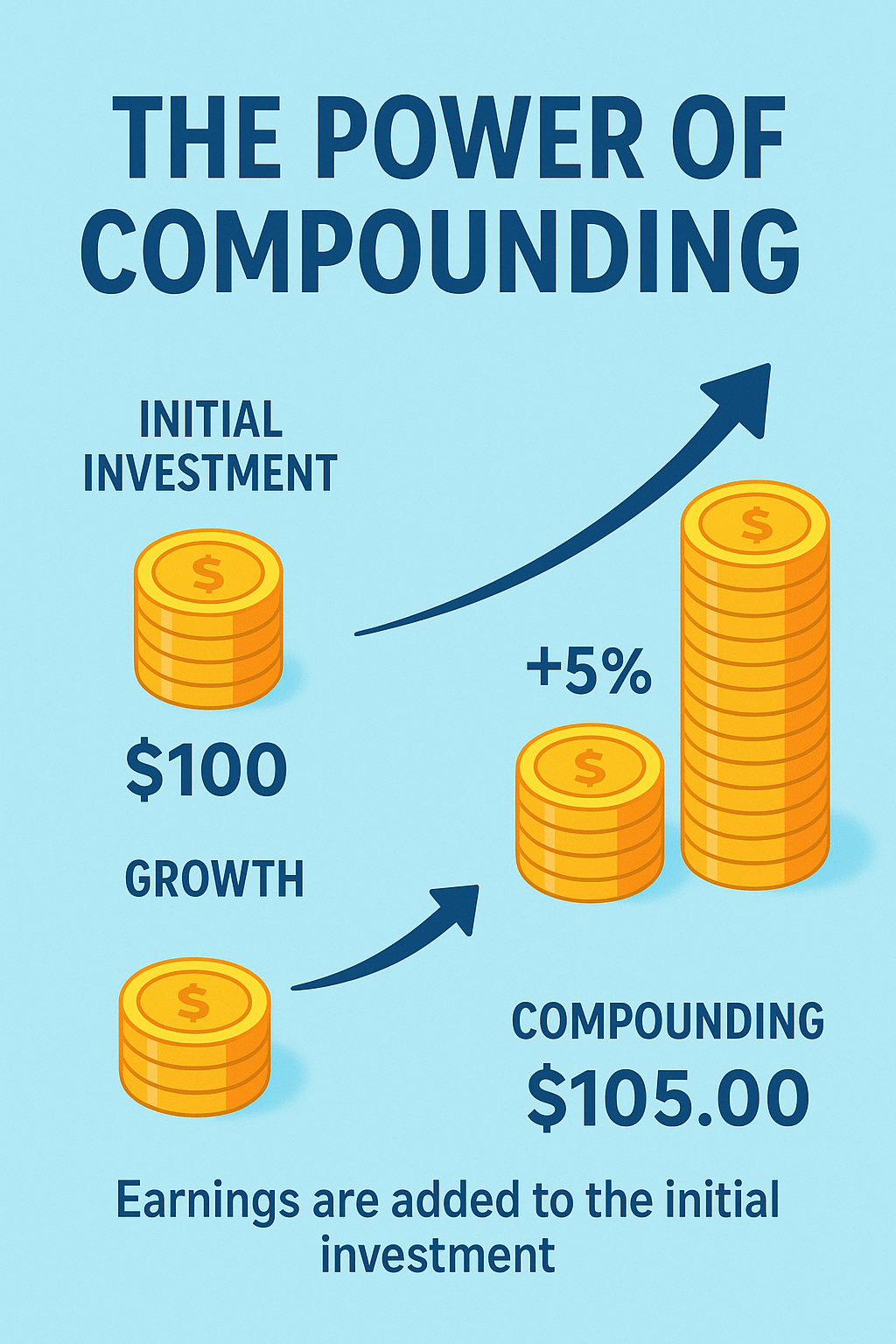








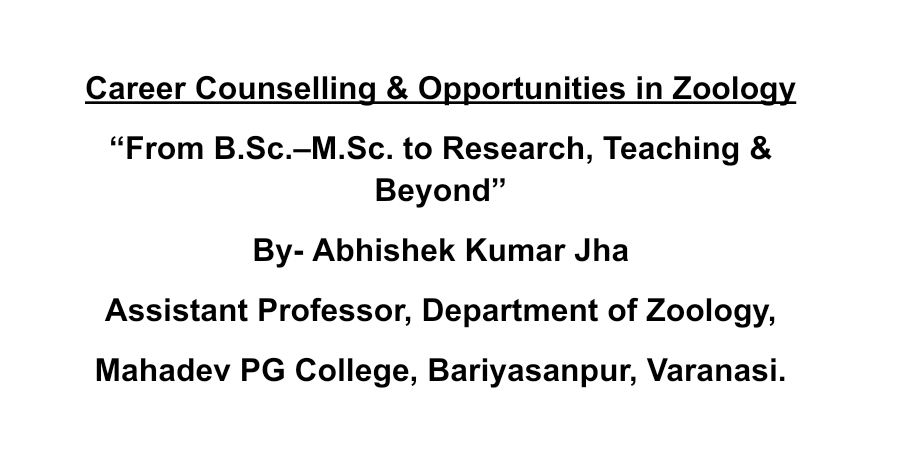

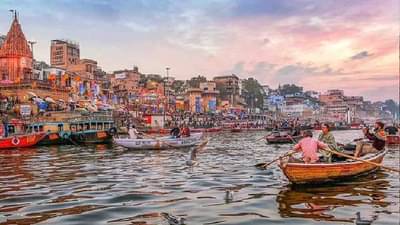



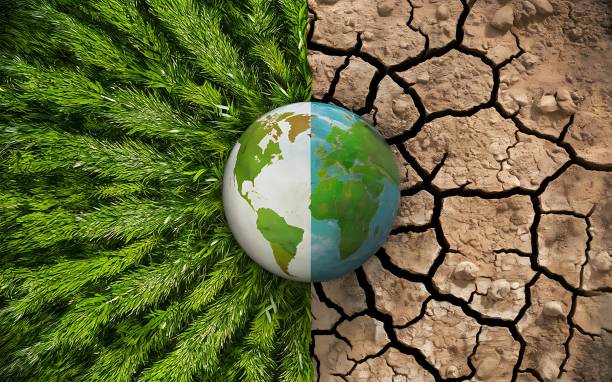

.webp)





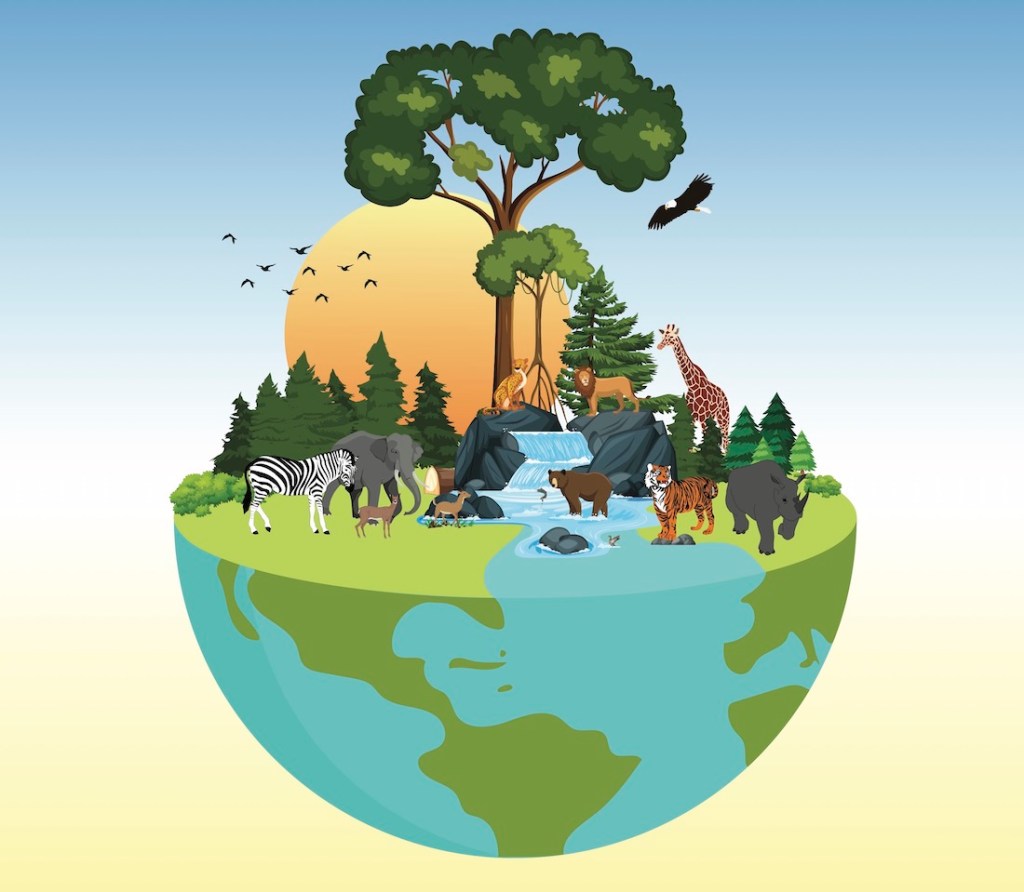







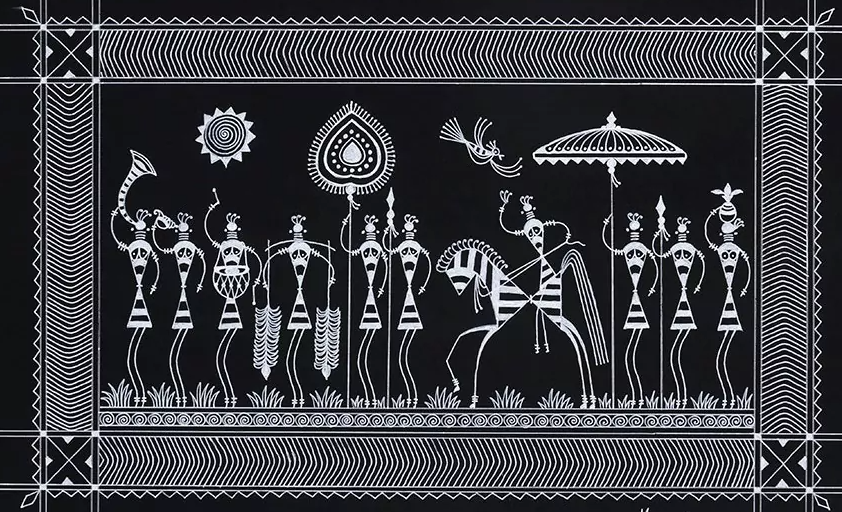

.jpeg)
